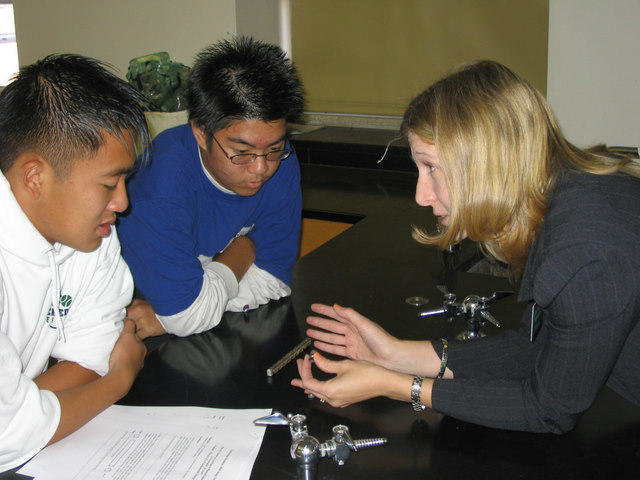Student Activities: Fusion
These activities can be used to supplement the topics on the Teaching Chart, Fusion: Physics of a Fundamental Energy Source, produced by the Contemporary Physics Education Project (CPEP).

The following activities are intended for use in middle school, high school, and introductory college courses.
The Teacher’s Notes for these activities are located here. The content is password protected. If you are an educator and want the password to access the Teacher’s Notes send an email request to fusion@cpepweb.org with the following information: your name, your title or position and your school or institution.
Demonstrations of these activities can be found following the YouTube link below.
activities for middle school classes:
Testing a Physical Model:
Similar to the High School Simulating Fusion activity found below, this also uses bottle tops with Velcro attached. The tops are placed in a box, which is shaken. Some of the tops will “fuse” together and this is used to demonstrate how time, particle density, and temperature affect the number of fusions produced in a hypothetical reactor. The emphasis is on producing a physical model from thinking about a hands-on simulation.
Modeling the Interaction in a Nucleus:
Plasma Globe and Spectra:
In this activity the students first investigate the properties of light and color using different types of sources and prisms and/or diffraction gratings. They develop a set of reference spectra using spectrum tubes. Then the spectra from a plasma globe is observed and compared with the references.
activities for high school and introductory college
Simulating Fusion:
This uses bottle tops with Velcro attached that are placed in a box, which is then shaken. Some of the tops will “fuse” together and this is used to demonstrate how time, particle density, and temperature affect the number of fusions produced in a hypothetical reactor.
Motion of charged particles in a magnetic field
The Physics of Plasma Globes:
Long Range Repulsion, Short Range Attraction:
Plasma Globes and "Body Capacitance":
Studying the Electric Field Near a Plasma Globe:
Properties of a Plasma: Half-Coated Fluorescent Bulbs:
Resistance of a Fluorescent Bulb: Half-Coated Version:
Students investigate the current versus voltage for a fluorescent bulb and see how the resistance of the bulb varies with voltage and current. By developing an understanding of the nature of the resistance in the bulb, students learn some of the characteristics of plasmas, such as those that are present in the bulb.
